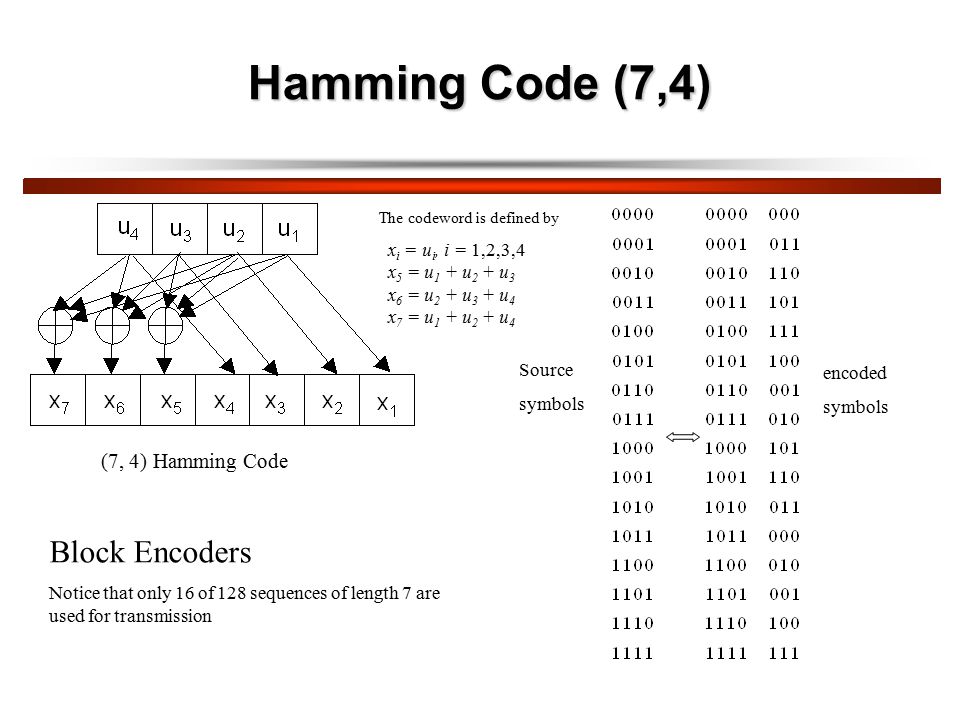

For transmissions within a personal computer, this possibility is considered extremely remote. Parity bit checking is not an infallible error-checking method since it's possible that two bits could be in error in a transmission, offsetting each other. Specifically, the peripheral component interconnect bus and the I/O bus controller use the odd parity method of error checking.

The above description explains how parity checking works within a computer.

If a transmission error occurs, the transmission is retried or the system halts and an error message is sent to the user. If the number of bits with a value of one is odd, the parity bit value is set to zero, so that the total number of ones in the set (including the parity bit) remains an odd number.Īt the receiving end, each group of incoming bits is checked to see if the group totals to an even or odd number.

This bit, sometimes referred to as a check bit, is used only to identify whether the moved bits arrived successfully. A parity bit adds checksums into data that enable the target device to determine whether the data was received correctly.Īn additional binary digit, the parity bit, is added to a group of bits that are moved together. How parity worksīecause data transmission is not an entirely error-free process, data is not always received in the same way as it was transmitted. In computers, parity (from the Latin paritas, meaning equal or equivalent) is a technique that checks whether data has been lost or written over when it is moved from one place in storage to another or when it is transmitted between computers.


 0 kommentar(er)
0 kommentar(er)
